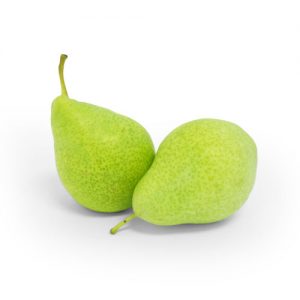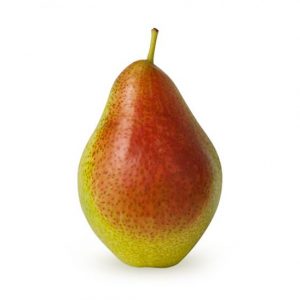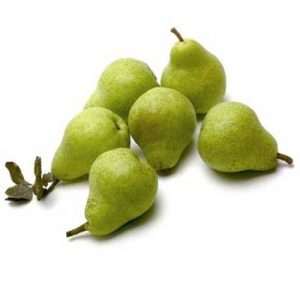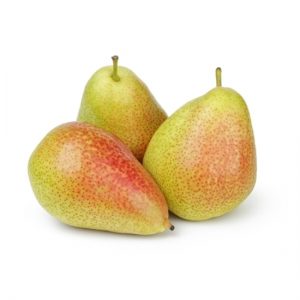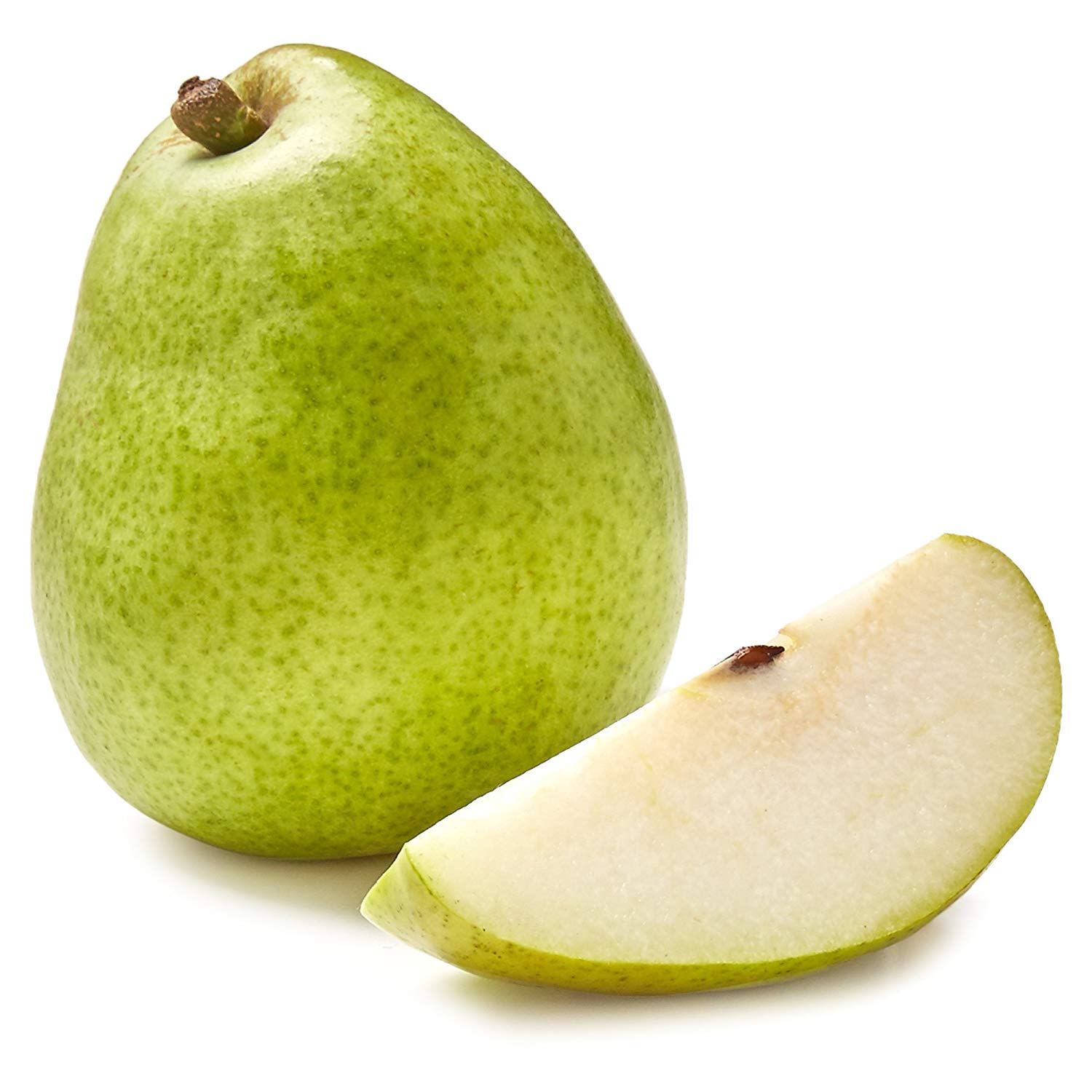
Anjou Pears
Quick description:
One large apple contains approximately 116 calories, while a large pear contains 131 calories. These calories are essential for energy, and fruits like apples and pears provide a greater sense of fullness than a sugary snack because they also contain fiber.Fiber. Pears are rich in important antioxidants, flavonoids, and dietary fiber. …
- Treating diverticulosis. Diverticulitis is when bulging sacs in the lining of the large intestine become infected or inflamed. …
- Weight loss. …
- Cardiovascular disease and cholesterol. …
- Diabetes. …
- Digestion. …
- Detox. …
- Fighting free radicals.
Availability:
In Stock

